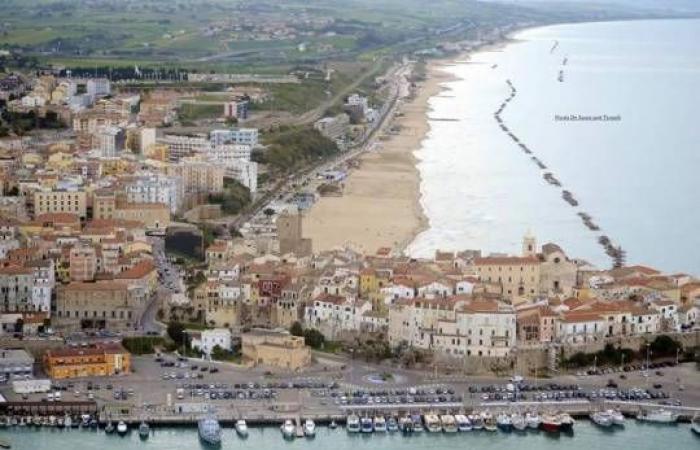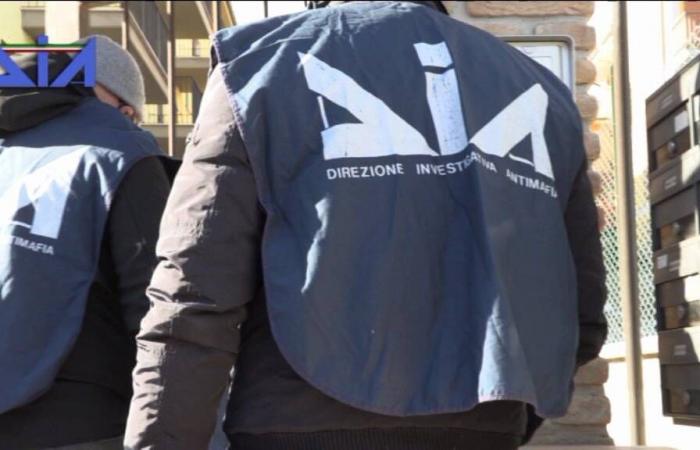The Molise territory, although not home to native mafia-type criminal groups, continues to be affected by the influence of criminal phenomena originating from neighboring geo-criminal areas. This is what emerges from the latest half-yearly report of the Anti-Mafia Investigation Directorate (Dia) transmitted to Parliament, relating to the activity carried out and the results achieved in the first half of 2023.
Molise’s vulnerability is closely connected to its geographical position, bordering provinces with a high crime rate such as Foggia and Caserta. This entails a high risk of criminal penetration, mainly linked to predatory crimes and drug trafficking, orchestrated both by groups from Lazio and by some expressions of foreign crime. The most exposed areas remain those close to the regional borders along the Adriatic coast, in lower Molise, and in the Sannio/Matese areas, where the presence of representatives of extra-regional criminal organizations has been reported.
Campobasso and lower Molise are “appendages” of the Foggia mafia – In the report of the District Anti-Mafia Directorate, reference is made to the attempted expansion of organized crime in the neighboring regions. Organized crime, particularly from the Daunian regions of Puglia, has undertaken a real expansion program with screenings in Emilia Romagna, Lazio, Abruzzo and Molise. The Foggia and Sanseverese crime groups consider these latter areas, especially the coastal strip and the hinterland of Campobasso, as a true appendix of their territories of reference.
Corruption entrepreneurs with apps and social media – A further element of concern is represented by the adoption of new technologies by criminal organizations, which are abandoning the traditional mafia model in favor of a more entrepreneurial image. The use of technology plays a crucial role in illicit activities, with encrypted communication systems, instant messaging applications and social media that are used to coordinate operations. The investigations conclude that the drug trafficking remains the main source of profitability for these groups, often managed through new organizational models that exploit the web.
Eyes and interests on the PNRR – Criminal organizations are also increasingly focusing on silent infiltration strategies and corrupt actions, reducing the use of direct violence. This evolution is reflected in the attempt to access funds from the National Recovery and Resilience Plan (PNRR), the large package of investments and reforms that attracted the interest of the mafias. To counter these attempts, the Ministry of the Interior has adopted a preventive strategy focused on anti-mafia documentation and information provided by the Prefectures.
In the first half of 2023, at a national level, the requests to start anti-mafia investigations for the PNRR were 11,890, with 8 ending with anti-mafia disqualification measures. A fact that underlines the importance of keeping our guard up against organized crime, which continues to look for new ways to infiltrate the legal economy and undermine local security.







